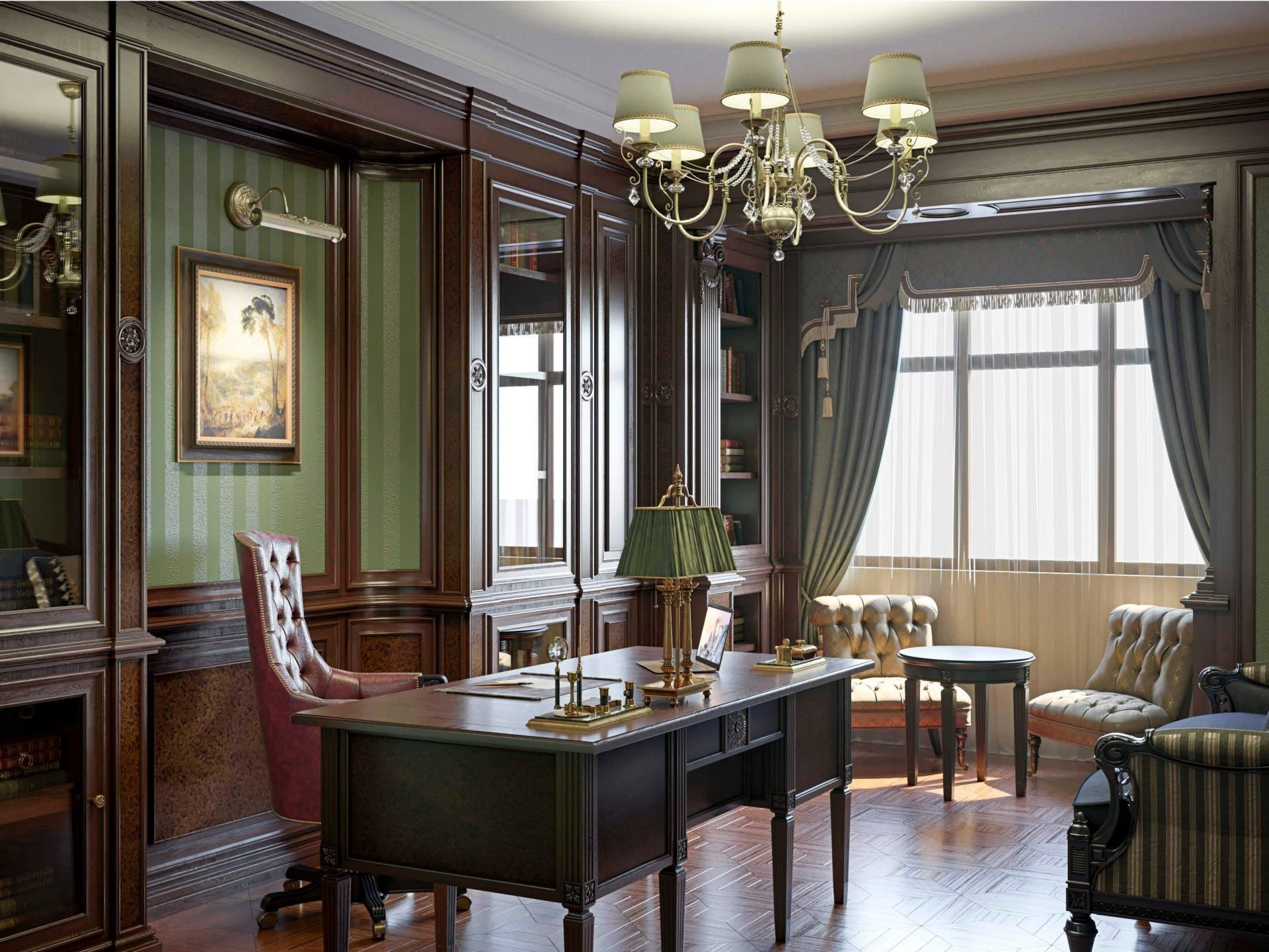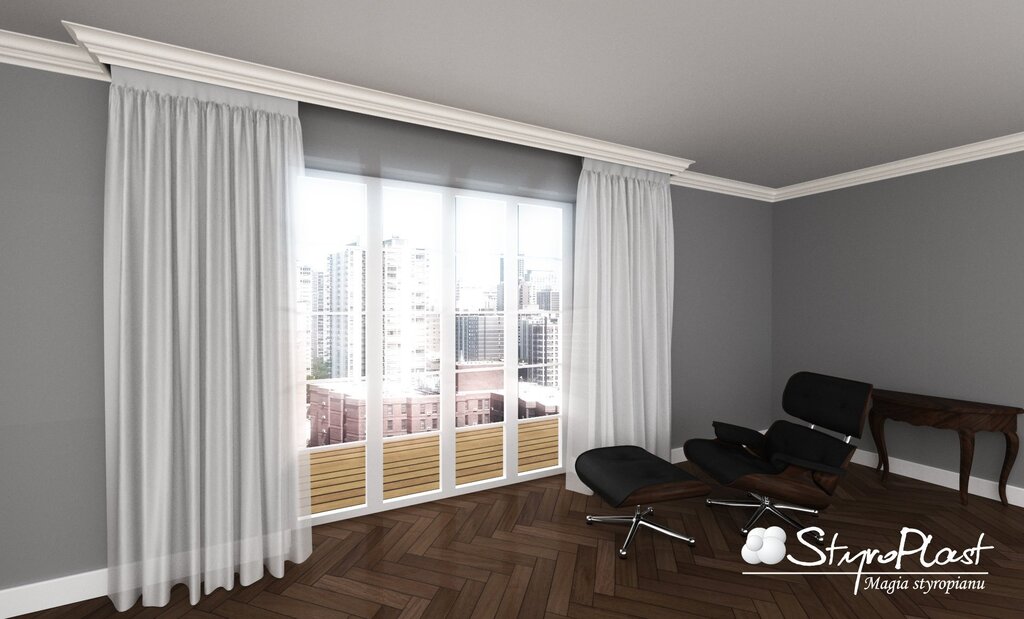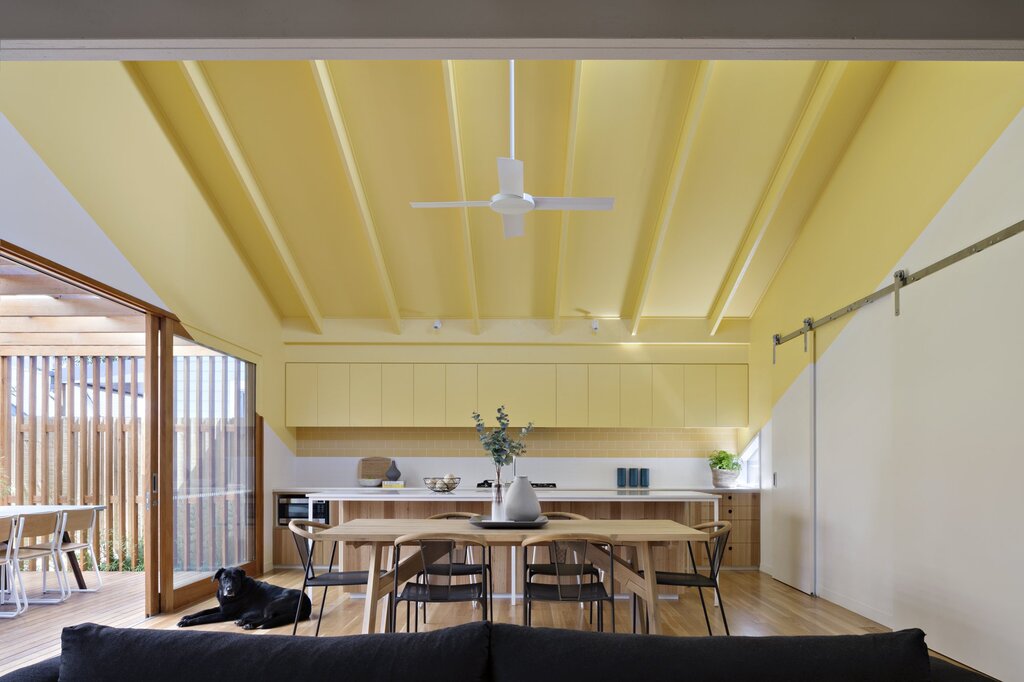Stalinist Empire style 34 photos
The Stalinist Empire style, also known as Stalinist architecture, emerged in the Soviet Union during the mid-20th century, characterized by its grandiose, monumental structures and ornate detailing. This architectural style sought to reflect the power and authority of the state through its imposing buildings, combining elements of Russian neoclassicism with socialist realist principles. The style is marked by its use of massive columns, elaborate cornices, and decorative motifs that draw inspiration from both classical and traditional Russian architecture. Interiors designed in the Stalinist Empire style often feature high ceilings, expansive halls, and luxurious materials such as marble, granite, and intricate woodwork. These spaces are designed to convey a sense of opulence and grandeur, with attention to symmetry and proportion. Despite its association with political ideology, the Stalinist Empire style has left a lasting impact on urban landscapes, with many buildings still standing as iconic examples of Soviet architectural ambition and craftsmanship. Exploring this style offers a glimpse into a period where architecture was used as a tool for ideological expression and statecraft.
















































